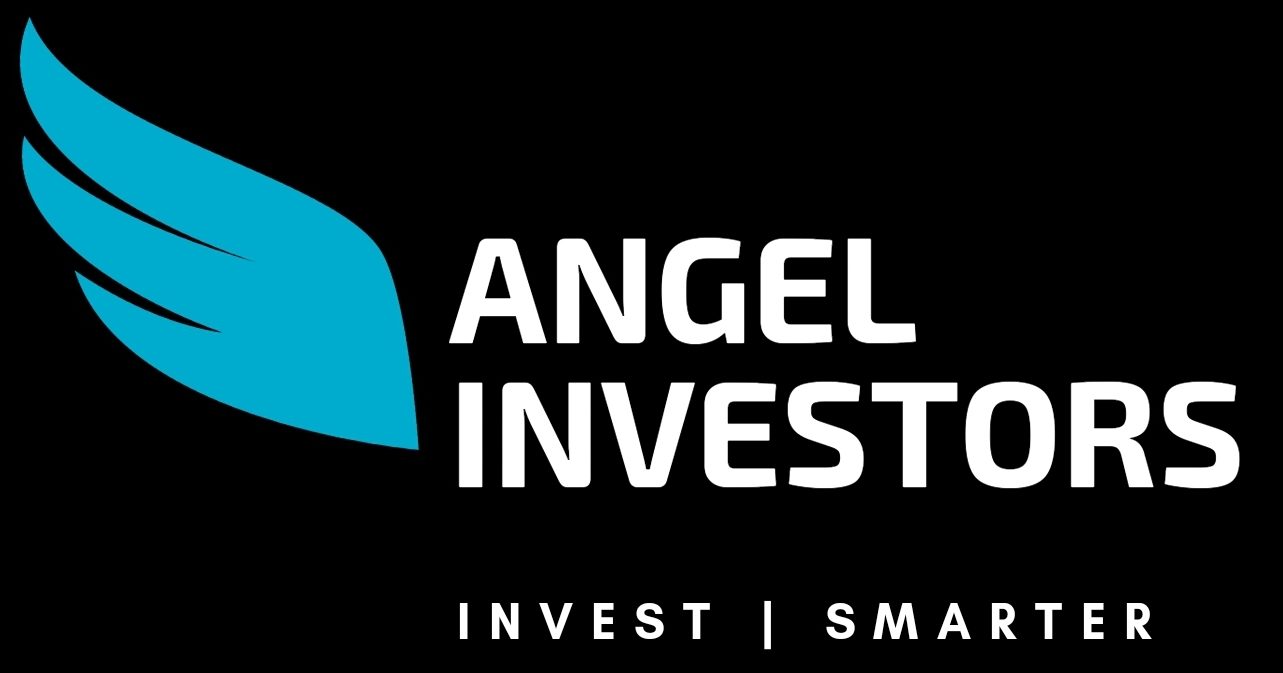
While angel investment has existed in practice for centuries, the concept of angel investors as a powerful source of financing for high-growth companies has emerged over the past couple of decades in the United States and Europe, and is rapidly growing in other regions around the world. The angel investment sector is not only growing, but it is becoming more formalized and organized through the creation of angel groups and networks.
In addition to the money provided, angel investors play a key role in providing strategic and operational expertise for new ventures as well as social capital (i.e. their personal networks). The angel investment market is much larger than most people assume.
Estimates from both the United States and the United Kingdom from over the past ten years have indicated that angel investment has been consistently larger than seed and early-stage venture capital (VC) investment, despite some fall off following the dot com era in the late 1990s as well as some drop during the recent financial crisis. While methods of estimating the full angel market size vary, it has been documented through many studies over the past decade, that total angel investment is much greater than overall VC investment in the United States and in some countries in Europe.
While venture capital tends to attract the bulk of attention from policy makers, the primary source of external seed and early-stage equity financing in many countries, is in fact angel financing rather than venture capital. In addition, angel investors tend to be less sensitive to market cycles than venture capitalists, although a “wealth effect” could impact how much they are willing to invest when markets fluctuate. However, in the current market environment, the lack of exits (whether through an IPO or M&A) has put a strain on both angel and venture investment. At the same time, the internet has created opportunities for the creation of firms with smaller amounts of initial capital than more traditional technology and science sectors.
These firms have been termed “lean startups” as they allow greater capital efficiency and more rapid testing and adjustment of products and/or business models.
Angel investors have been able to invest in this space and support companies through an “early exit” (usually M&A) without needing VCs to come in for later rounds.
Angel investors support a much wider range of innovation than VC firms because they traditionally invest locally and in a variety of sectors than venture capitalists. This means there is broader investment coverage both in terms of industry sectors and geography (angels are located worldwide, not only in areas where VCs have offices, which tend to be concentrated in a few technology or science hubs). However, it also means that angel investors can be involved in companies that are not necessarily technology intensive or high growth, as well as companies in later stages of development. Like VCs, angel investors tend to invest in a portfolio of companies, not just in one or two. Universities are often highlighted as an important potential source of start-ups, however, these companies are often more research rather than commercially focused and therefore fail in securing angel or venture capital, which is often assumed.
This example points to a potential disconnect between innovation policies, which tend to focus on R&D rather than commercialization, and entrepreneurship policies which focus on the translation of innovation into firms.
